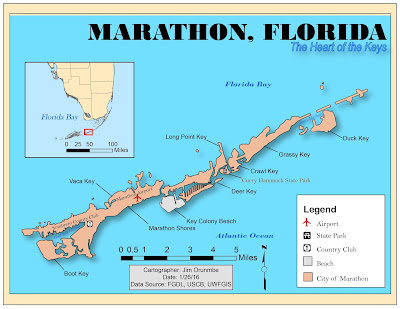I Owned My Map!
This Week
This week (week2Lab) I use ArcGIS to create a map that depict the location of the University of West Florida main campus in the Escambia County of the State of Florida. I really enjoy this Lab assignment because it afford me the opportunity to explore more features of the ArcGIS/ArcCatalog software. I explored and had fun going through the Lab instruction and digressed (clicking around) a lot.
Yes! the title reads "Own Your Map" but at the same time, I had my audience in mine. My goal was to follow the Lab instruction, explore possible alternatives, but most importantly I set out to create a map that is clean clear, and informative. I did my best to achieve this.
University of West Florida (UWF) main campus location is the primary focus of this map, hence the need to depict the location on the map as prominent as possible.
Addition features such as the Interstates 10 (I-10), Interstate 110 (I-110), the cities of Pensacola and Ferry Pass are notable reference landmarks that will help the end user of the map locate the UWF main campus location.
This map is designed with the end user in mind such that, at a first glance at the map, major features on the map point the user to the primary purpose of the map. The UWF Logo on the top right-hand corner, the header, the legend, and the bright green star - all these features show the purpose of the map.
 |
| Map of the University of West Florida Main Campus, Pensacola |
An inserted map of the State of Florida with a highlight Escambia county inform the user(s) that UWF is located in the Florida Panhandle.
Making of the Map:
-Layout: I chose the Landscape layout instead of the Portrait because it afford me the room to have a cleaner layout of the map features(Legend, Header, North Arrow, etc.)
-Scale: I chose a scale with even and whole number because it will be easier for most/all user's conversion uses.
-North Arrow: I chose the trimmed, minimalist version of the north arrow because I want to minimize distraction from the primary map.
-Color: I chose a bright yellow color for UWF location, because it contrast well against the light green surrounding, and the same reasons applies my my choice of color for the Escambia County map in the insert.
-Credit: This is located at the very bottom right-hand corner of my map, and it gives credence to my source. Right about the data source is the 'produced by,' which shows that I created this map using the resources provided.
What I learn/enjoy in this Lab:
-I created my first Shapefile.
-I learn how to locate Metadata.
-I learn how to insert a Lagger Map.
-I edited Symbology and use Query Builder.
-I learn alternative ways to edit maps, such as, Right-clicking instead of Double-clicking.
-I learn how to Clip Data Frame, Exclude Layers.
-I learn how to add multiple shapefiles to Data Frame(s) -by using Shift or Ctrl + select on the keyboard.
-I learn to Safe my work in ArcMap frequently, and Effective File Management.
-I also learn how to create Layers from Selected Features and I had a lots of fun working on the Legend Wizard.
I enjoy this Lab and I'm gaining more confidence in GIS, I can't wait to explore all the possibilities.





























